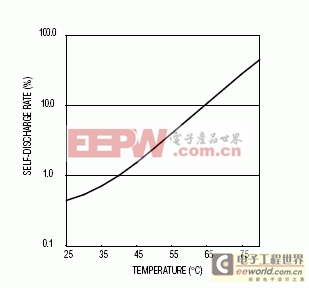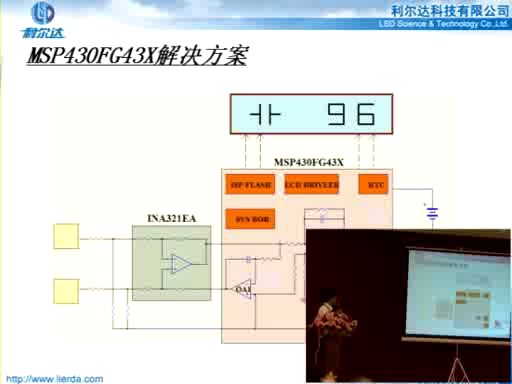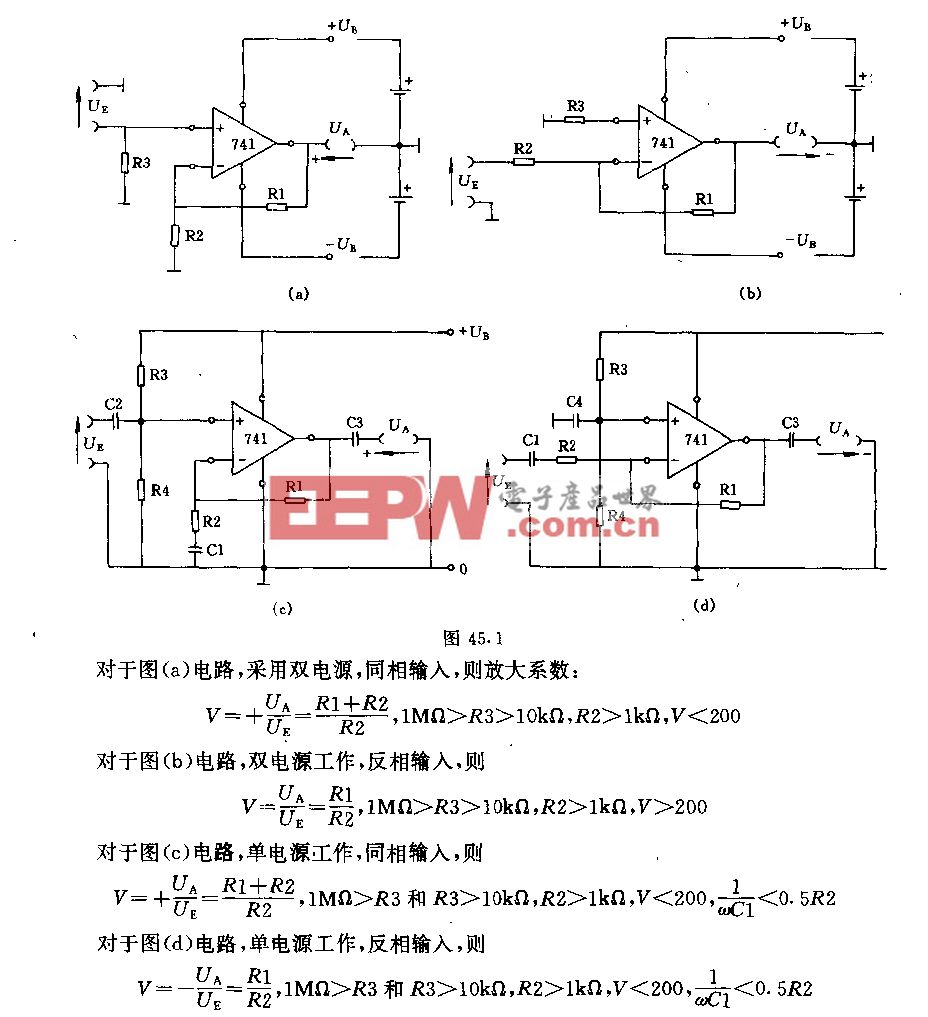Lithium Coin-Cell Batteries: P
Calculating the lifetime of the battery is similar in concept to calculating the effective resistance of two parallel resistors. The user has control over whether the IC is consuming power from the battery or the system's power supply, so the current consumption leg is shown to include a switch. While the IC is being powered from the system power supply, the lifetime due to current consumption can be approximated as infinite.
The manufacturer of the IC/battery system has control over the selected components and manufacturing process. Properly selected components and manufacturing screens should result in adequate system-level lifetime. However, end users have control over the ultimate lifetime performance based on the actual use of the system. End users can control both legs of the model. The electrical load leg is controlled through the power-on duty cycle of the equipment. While system power is applied, the Maxim components include battery isolation circuitry that electrically isolates the battery and eliminates all current drain from the battery. Therefore, the electrical load leg of the reliability model is only active while the system is in battery backup. The system ambient temperature controls the temperatureaccelerated leg. Providing adequate cooling and proper component placement can help reduce the temperature exposure of the battery and, thereby, extend the system's lifetime.

Figure 3. Battery lifetime based on electrolyte evaporation and electrical consumption.

Figure 4. The self-discharge rate increases as temperature increases.
Sample Lifetime Calculations
Case I—The system is designed to be in battery backup 100% of the time at room temperature. The electrolyte evaporation at room temperature is so low that it can virtually be ignored. The lifetime is limited by the IC's current drain.Electrical Consumption Leg
Battery capacity (BR1632) = 120mAh
IC current drain = 1.2μA Duty cycle = 100%
Battery lifetime = (0.12Ah) / (1.2 × 10-6A) = 100,000 hours = 11.4 years
Electrolyte Evaporation Leg
Battery lifetime at +25°C = 230 years
Calculation : (230 × 11.4) / (230 + 11.4) = 10.9 years
Case II—The system is designed to be in battery backup 50% of the time at +60°C. The lifetime due to either the electrical consumption or electrolyte evaporation would appear to be approximately 20 years. The combination of the two mechanisms will cause the electrolyte to be consumed in 10 years.
Electrical Consumption Leg
Battery capacity (BR1632) = 120mAh
IC current drain = 1.2μA
Battery lifetime = (0.12Ah) / (1.2 x 10-6A x 50%) = 200,000 hours = 22.8 years
Electrolyte Evaporation Leg
Battery lifetime at +60°C = 19.1 years
Calculation: (19.1 x 22.8) / (19.1 + 22.8) = 10.4 years
Integrated Battery Controllers
If a system is to contain battery-backed SRAM or RTC, it is important to use an appropriate battery controller. These controllers handle the switching from system power supply to the battery in the event of power failure. They also provide the on-chip reverse-charging protection required by Underwriters Laboratory or other testing agencies. Maxim sells standalone battery controllers that allow the system designer to customize a system based on battery-capacity demands or layout constraints.While the standalone battery controllers are well suited for certain applications, their use comes with some additional costs. Not only must end users select and acquire an appropriate battery, but the manufacturing process must also accommodate the particular battery requirements. Because of the limited available capacity in a battery, the manufacturing process must ensure that no inadvertent loads are placed on the battery. This requires that the batteries be handled with insulated or nonconductive tools while many other components in the design are ESD sensitive and should be handled with conductive tools.
The materials used in lithium battery construction limit their temperature exposure capabilities. A single pass through a reflow solder operation destroys the battery, which raises the question of whether the battery should be attached to the PCB with a mechanical holder or soldered to the PCB. A mechanical holder can be attached to the PCB using automated equipment and reflow solder. The battery is then inserted after the hightemperature processing is complete. The mechanical holder eliminates any temperature exposure to the battery, but the resulting system depends on the mechanical contacts holding the battery in place. Attaching the battery to the PCB with solder requires purchasing a tabbed battery and hand soldering that component after all reflow solder operations have been completed.
A final concern with using a battery controller and separate battery is the cleanliness of the manufacturing process. Even trace amounts of ionic contaminants can result in electrical leakage paths that can place loads on the batteries equal to the designed IC load. This will greatly shorten the system's effective life.
Battery Module Products
Using a module product that contains the battery controller and battery will avoid some of the problems discussed above. The module manufacturer will have the required processes to handle the batteries without degradation, and the module construction will also help isolate the battery from the end user's environment, thereby avoiding some of the ionic contamination issues. The end result can maximize battery lifetime.In addition, many of the Maxim modules incorporate a "Sleep Mode" function that isolates the battery until system power is first applied. This feature allows the module products to be assembled and fully tested; the electrical load is then removed from the battery. Thus, the parts can be left in inventory for an extended period without removing any charge from the battery.
Conclusion
Maxim's battery-backup products are designed and manufactured to provide end users with a specified lifetime. This lifetime has been calculated under "worst case" conditions and assumes that the part will be in battery-backup 100% of the time. By understanding the mechanisms involved in the depletion of the battery, end users can reasonably and accurately predict system lifetimes based on the power-on duty cycle and the battery temperature exposure.If users decide to select one of the battery controllers sold by Maxim and provide their own battery in the system, they should consider the battery's nature in the selection process. Proper IC screening and battery testing are required to ensure the available capacity is adequate to provide the desired lifetime.









評論